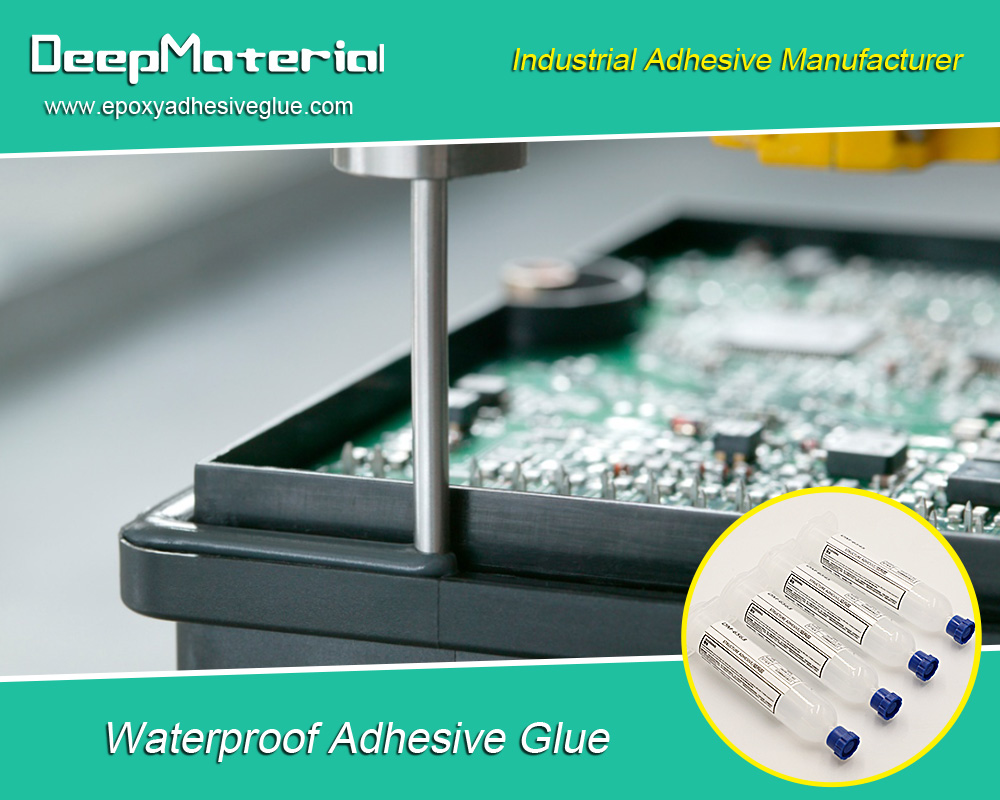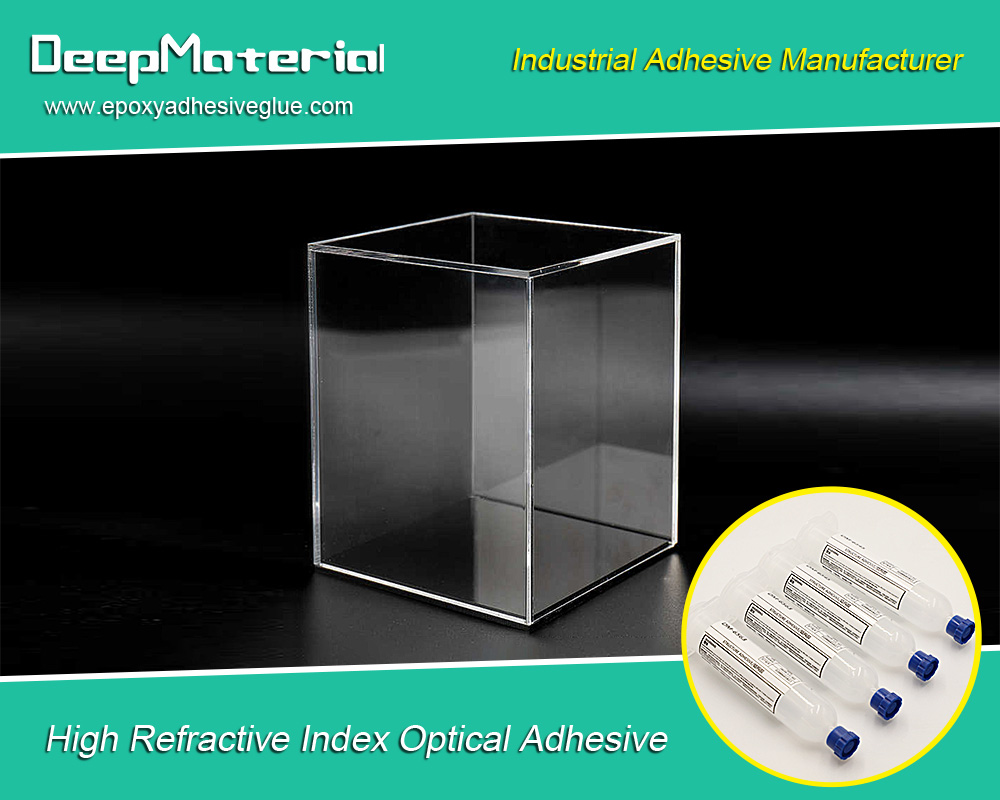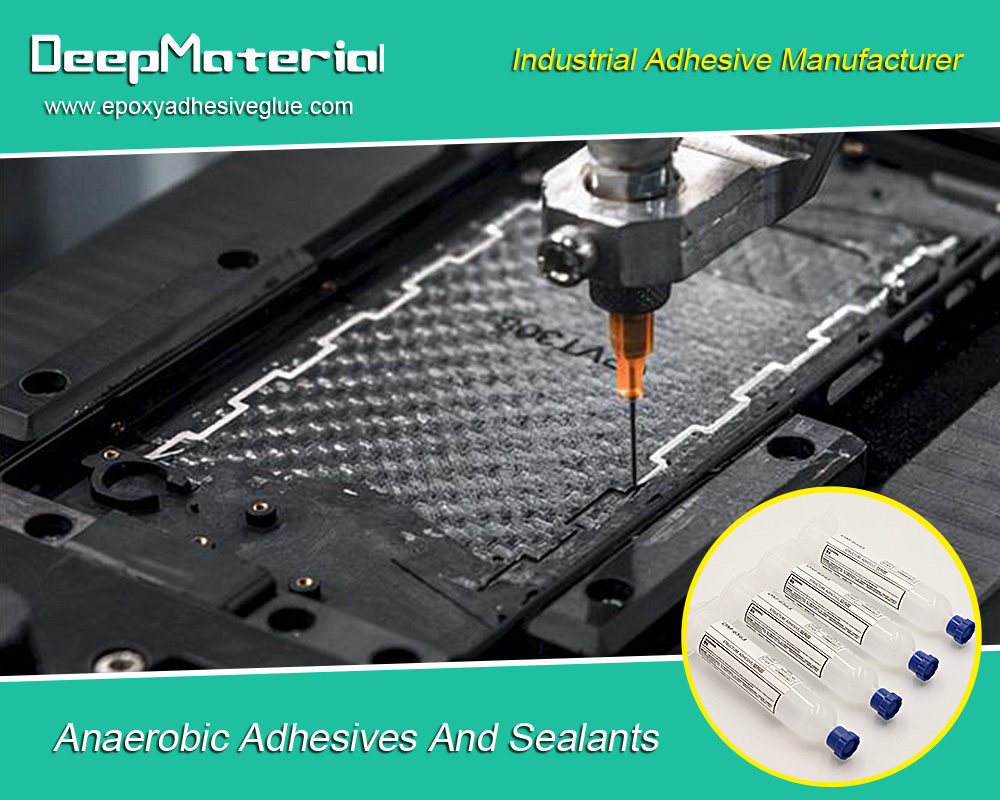The Impact of Temperature on UV Cure Acrylic Adhesive Performance
The Impact of Temperature on UV Cure Acrylic Adhesive Performance
UV cure acrylic adhesives are popular in many industries because they set quickly, are strong, and work well for different uses. They set when exposed to UV light, changing from liquid to solid because of a chemical reaction.
Yet, how well these adhesives work can change a lot with the temperature. Temperature affects things like how thick or thin the glue is, how it flows, how quickly it sets, and how strong and durable it becomes. Knowing how temperature changes these properties helps make the glue work better in different conditions.
Understanding How Temperature Changes Adhesive Performance
Temperature greatly changes how UV cure acrylic adhesives work. When it gets warmer, the glue becomes thinner and flows more easily. When it’s cooler, the glue gets thicker. These changes in thickness affect how well the glue spreads and sticks to surfaces.
Controlling the temperature is important when using glue. If it’s too warm, the glue might spread too much and make a mess. If it’s too cold, the glue won’t spread evenly, which could make the bond weak.

What Makes UV Cure Acrylic Adhesives Sensitive to Temperature
The way UV cure acrylic adhesives react to temperature can depend on what’s in the glue, what it’s being stuck to, and how it’s being cured. Different glues might react differently to temperature because of what they’re made of. Some are more sensitive to temperature changes than others and need careful temperature control.
The material being stuck together can also make a difference. Some materials might heat up or cool down the glue differently. How the glue is cured, like how intense the UV light is and how long it’s used, can also change how the glue reacts to temperature.
How High Temperature Affects Glue Performance
High temperatures can make UV cure acrylic adhesives less effective. The glue can become too runny, spread too much, and not stick well. It might also set too quickly, which can make it hard to put things together before the glue hardens.
Also, if it’s too warm, the glue might start setting before it’s supposed to, which can weaken the bond. High heat can also break down the glue, making it less strong and durable over time. So, keeping the glue at the right temperature when using it is very important to avoid these problems.
Effects of Low Temperature on Adhesive Performance
When it gets cold, UV cure acrylic adhesives don’t work as well. The glue gets thicker, making it hard to spread properly on the surface you’re sticking to. This can mean the glue doesn’t stick everywhere it needs to, leaving weak spots or gaps.
Also, when it’s cold, the glue takes longer to set. This can be a problem if you need to stick things together quickly. If the glue doesn’t set fast, dust or other things could get stuck in it, which can weaken the bond.
Moreover, the cold can make the glue bond weaker overall. The glue might not cover the surface well or stick as strongly as it should. This can make the bond less strong and more likely to break or come apart when faced with moisture, temperature changes, or pressure.
How Temperature Affects Adhesive Viscosity and Flow
The thickness and flow of UV cure acrylic adhesives are really affected by temperature. Viscosity is about how thick the glue is, or how hard it is to spread. Flow is about how well the glue spreads out on a surface. Both of these things are important for making sure the glue sticks well.
As it gets warmer, the glue gets thinner and spreads easier because the molecules inside the glue move around more. But when it’s cooler, the glue gets thicker and doesn’t spread as easily.
The way the glue flows is tied to how thick it is. Thinner glue can cover the surface better, making sure there’s good contact between the glue and what you’re sticking together. Thicker glue might not spread out well, which can mean it doesn’t stick as well as it should.
Impact of Temperature on Adhesive Curing Time
Curing time is crucial for UV cure acrylic adhesives because it’s when the glue changes from liquid to solid after being exposed to UV light. How long this takes can really depend on the temperature.
Warm temperatures make the glue cure faster, which is good if you need to finish a project quickly. But, if it cures too fast, you might not have enough time to line everything up just right.
On the other hand, cold temperatures slow down the curing process. This could be a problem if you’re in a hurry because it takes longer for the glue to set. It’s important to pick a glue that cures at the right speed for your project and to use it in a place with the right temperature.
Temperature-Dependent Changes in Adhesive Strength and Durability
The strength and how long UV cure acrylic adhesives last can really be affected by temperature. The strength of the glue bond is its ability to hold tight without breaking, and durability is about how long the glue keeps its strength over time in different conditions.
Hot temperatures can make the glue not as strong. If the glue becomes too runny, it might not cover the surface well, leading to a weaker bond. Also, hot temperatures can make the glue break down faster over time, which means it won’t last as long.
Cold temperatures can also make the glue not as strong. If the glue is too thick, it might not cover the surface properly, making a weaker bond. Plus, if the glue is less flexible because it’s cold, it might break more easily under pressure.

Conclusion
Temperature is key to how well UV cure acrylic adhesives work. Knowing how temperature affects things like thickness, spread, setting time, strength, and lasting power is important for making the glue perform its best under different conditions. Hot temperatures can make the glue too thin, weaken the bond, and make it set too quickly. Cold temperatures can make the glue too thick, slow down the setting time, and weaken the bond.
Keeping the temperature right when using glue is important to make sure it works as it should. Choosing glue that fits the temperature you’ll be working in, keeping the area at the right temperature, and getting the surfaces ready in the right way can all help make the glue work better. Being able to control the setting time and keep the bond strong and lasting is also key.
The area of glue that responds to temperature changes is exciting for future inventions and studies. Making glues that can change how they react based on temperature and can fix themselves could change many industries. More research in this field will help improve glue technology and offer new ways to use glue where controlling temperature is very important.
For more about choosing the Impact of Temperature on UV Cure Acrylic Adhesive Performance, you can pay a visit to DeepMaterial at https://www.epoxyadhesiveglue.com/category/epoxy-adhesives-glue/ for more info.











